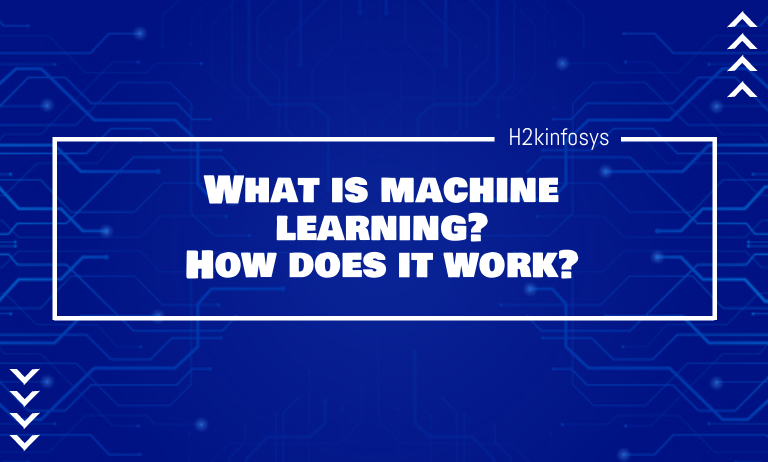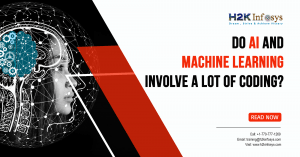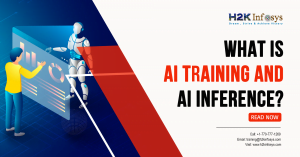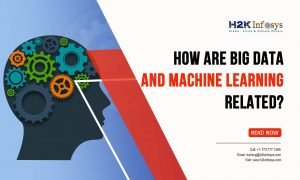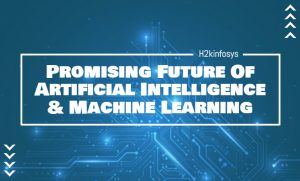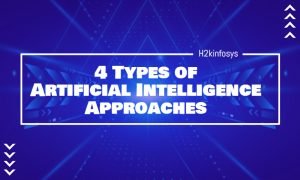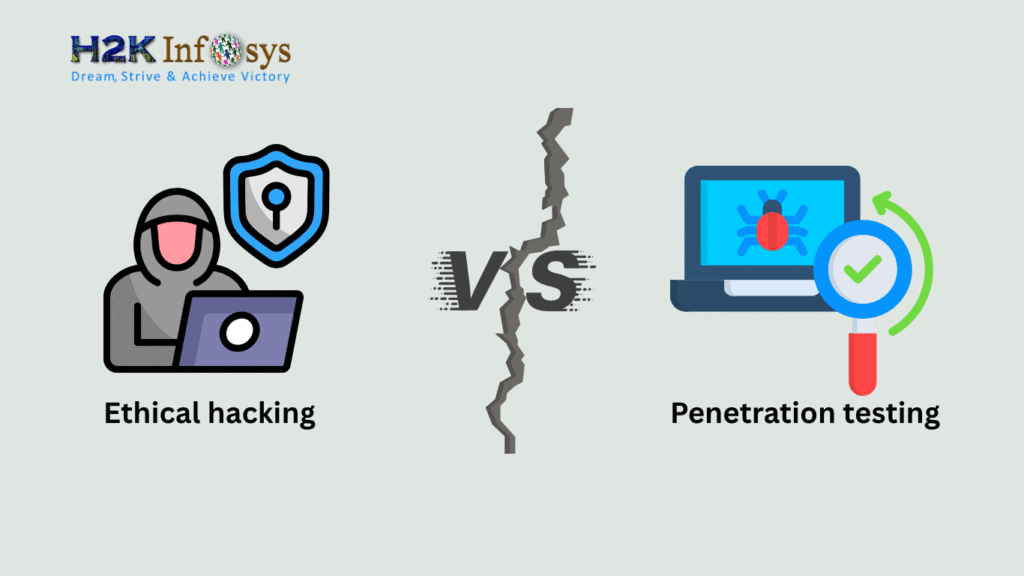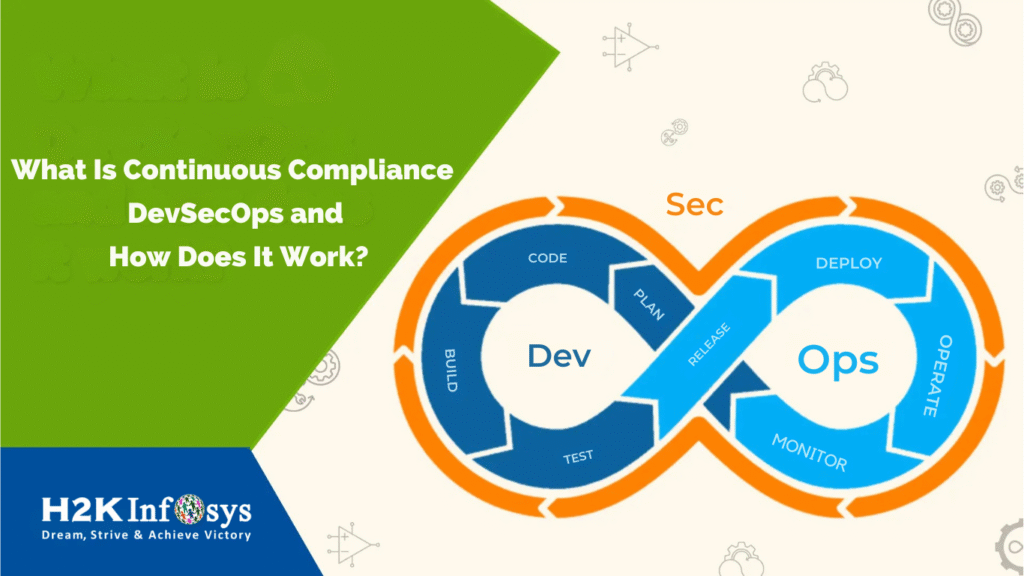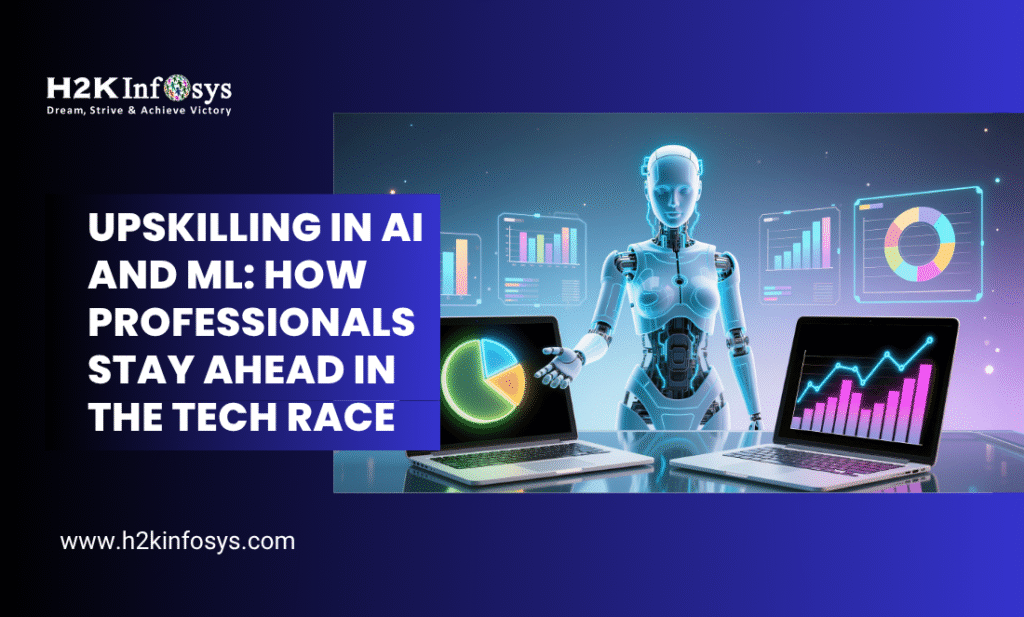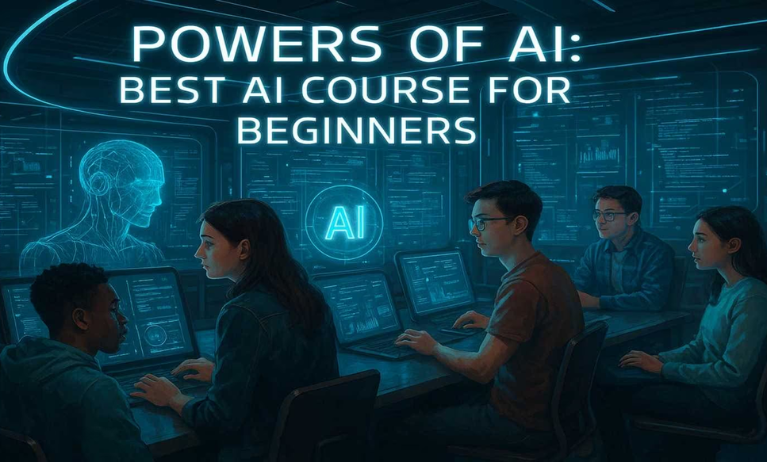In today’s technology-driven world, Artificial intelligence and machine learning are no longer futuristic concepts they’re powering tools, apps, and systems we use every day. From personalized Netflix recommendations to detecting fraudulent banking transactions, machine learning (ML) is shaping our digital experiences in ways most people don’t even realize.
For beginners who want to explore the field, it’s important to understand what machine learning is, how it works, and why it’s a cornerstone of modern Artificial Intelligence (AI). Whether you are looking for an artificial intelligence course for beginners or prefer an artificial intelligence course online, grasping ML fundamentals will give you a strong foundation to build on.
What is Machine Learning?
Machine learning is a branch of artificial intelligence that enables computers to learn from data and improve their performance without being explicitly programmed for every task. Instead of following fixed, pre-defined instructions, an ML model uses algorithms to identify patterns in data and make predictions or decisions.
In simple terms:
- Traditional Programming: You give the computer data and rules → it produces an output.
- Machine Learning: You give the computer data and the expected output → it learns the rules itself.
Example:
When you upload hundreds of labeled cat images into an ML model, it analyzes them, learns what makes a “cat” in an image, and can then recognize cats in new, unseen pictures.
Machine Learning in the Context of AI
While artificial intelligence and machine learning are often used interchangeably, they are not the same:
Deep Learning: A specialized subset of ML using artificial neural networks to process large and complex data sets.
Relationship:
AI (big umbrella)
└── ML (subset of AI)
└── Deep Learning (subset of ML)
Key Components of Machine Learning
To understand how machine learning works, you should know its main building blocks:
a) Data
Data is the fuel for ML. It can be:
- Structured data: Organized, such as spreadsheets or databases.
- Unstructured data: Text, images, videos, or audio.
b) Algorithms
An algorithm is a set of mathematical instructions that tells the computer how to find patterns in the data.
c) Model
A model is the output of the ML training process—it represents the learned patterns.
d) Training
The process where the algorithm learns from data.
e) Features
Specific pieces of data that the model uses for making predictions.
Types of Machine Learning
Machine learning techniques are generally classified into three main types:
1. Supervised Learning
- Definition: The model is trained on a labeled dataset (data + correct answers).
- Examples: Email spam detection, loan approval prediction.
- Algorithms Used: Linear Regression, Decision Trees, Support Vector Machines.
2. Unsupervised Learning
- Definition: The model is trained on unlabeled data and must find patterns on its own.
- Examples: Customer segmentation, anomaly detection.
- Algorithms Used: K-means clustering, Hierarchical clustering.
3. Reinforcement Learning
- Definition: The model learns by interacting with an environment and receiving rewards or penalties.
- Examples: Self-driving cars, game-playing AI like AlphaGo.
- Algorithms Used: Q-learning, Deep Q Networks.
How Does Machine Learning Work?
The process of ML can be broken down into six key steps:
Step 1: Data Collection
The process begins by gathering relevant data from multiple sources databases, sensors, APIs, or web scraping.
Example: A company building a movie recommendation system collects user watch history, ratings, and search patterns.
Step 2: Data Preparation
Raw data is often messy containing duplicates, errors, or missing values. Data preparation involves:
- Cleaning the data
- Handling missing values
- Normalizing or scaling data
- Splitting into training and testing sets
Step 3: Choosing an Algorithm
The choice of algorithm depends on the problem type (classification, regression, clustering, etc.) and the nature of the data.
Step 4: Training the Model
The algorithm processes the training data and adjusts its internal parameters to minimize errors.
Step 5: Model Evaluation
The model is tested on unseen data to check its accuracy and generalization ability. Metrics like precision, recall, F1-score, and accuracy are used.
Step 6: Deployment & Monitoring
Once satisfied with performance, the model is integrated into the application. Continuous monitoring ensures it stays accurate as data patterns change.
Real-World Applications of Machine Learning
Machine learning isn’t just theory it’s all around us:
- Healthcare: Predicting diseases, analyzing X-rays with AI.
- Finance: Fraud detection, algorithmic trading.
- Retail: Personalized product recommendations.
- Transportation: Self-driving cars, traffic prediction.
- Natural Language Processing (NLP): Chatbots, language translation.
- Manufacturing: Predictive maintenance of machinery.
Advantages of Machine Learning
- Automation: Reduces human effort in repetitive tasks.
- Scalability: Can process vast amounts of data quickly.
- Adaptability: Improves over time as more data is fed.
- Personalization: Tailors recommendations and services for each user.
Challenges in Machine Learning
While ML is powerful, it comes with its challenges:
- Data Dependency: Requires large and quality datasets.
- Bias in Data: Can lead to unfair predictions.
- Computational Costs: High for complex models.
- Interpretability: Some models (like deep learning) are hard to explain.
Machine Learning vs. Traditional Programming
| Feature | Traditional Programming | Machine Learning |
|---|---|---|
| Rules | Explicitly programmed | Learned from data |
| Adaptability | Limited | High—can adapt to new patterns |
| Data Handling | Works best with structured data | Handles both structured and unstructured |
| Development Time | Short for simple tasks | Longer initial setup but improves over time |
Machine Learning Tools & Frameworks
Beginners looking for an artificial intelligence course for beginners or an artificial intelligence course online often get introduced to popular ML tools such as:
- Python (most widely used programming language for ML)
- Scikit-learn
- TensorFlow
- Keras
- PyTorch
- Pandas & NumPy for data manipulation
How to Get Started with Machine Learning
Step 1: Learn the Basics
Understand the core concepts of artificial intelligence and machine learning, statistics, and Python programming.
Step 2: Take a Course
Enroll in an artificial intelligence course for beginners to gain structured learning.
Step 3: Practice with Projects
Build small projects like:
- Sentiment analysis of tweets
- Predicting house prices
- Image classification
Step 4: Explore Advanced Topics
Once comfortable, dive into deep learning, reinforcement learning, and natural language processing.
Career Opportunities in Machine Learning
With the increasing demand for AI-powered solutions, ML specialists are highly sought after. Possible roles include:
- Machine Learning Engineer
- Data Scientist
- AI Researcher
- NLP Engineer
- Business Intelligence Developer
These roles often require skills taught in an artificial intelligence course online, combined with hands-on experience.
Future of Machine Learning
The future of ML is promising with advancements like:
- More explainable AI models
- Edge computing for faster decision-making
- AI in personalized medicine
- Automation in almost every industry
Conclusion
Machine learning is transforming the way industries operate, offering smarter, faster, and more accurate solutions. Understanding artificial intelligence and machine learning fundamentals is not just valuable for tech professionals it’s becoming essential for everyone.
Whether you’re aiming to build a career in AI or simply want to understand how the technology shaping your daily life works, starting with an Artificial intelligence course for beginners or an artificial intelligence course online is the best way forward.
Key Takeaways
Career prospects in AI and ML are rapidly growing.
- Machine Learning is a subset of AI that learns from data to make predictions without explicit programming.
- Three main types: Supervised, Unsupervised, and Reinforcement Learning.
- ML works by collecting data, preparing it, training a model, and deploying it.
- It powers industries from healthcare to transportation.
- Learning ML requires understanding programming, algorithms, and data handling.
